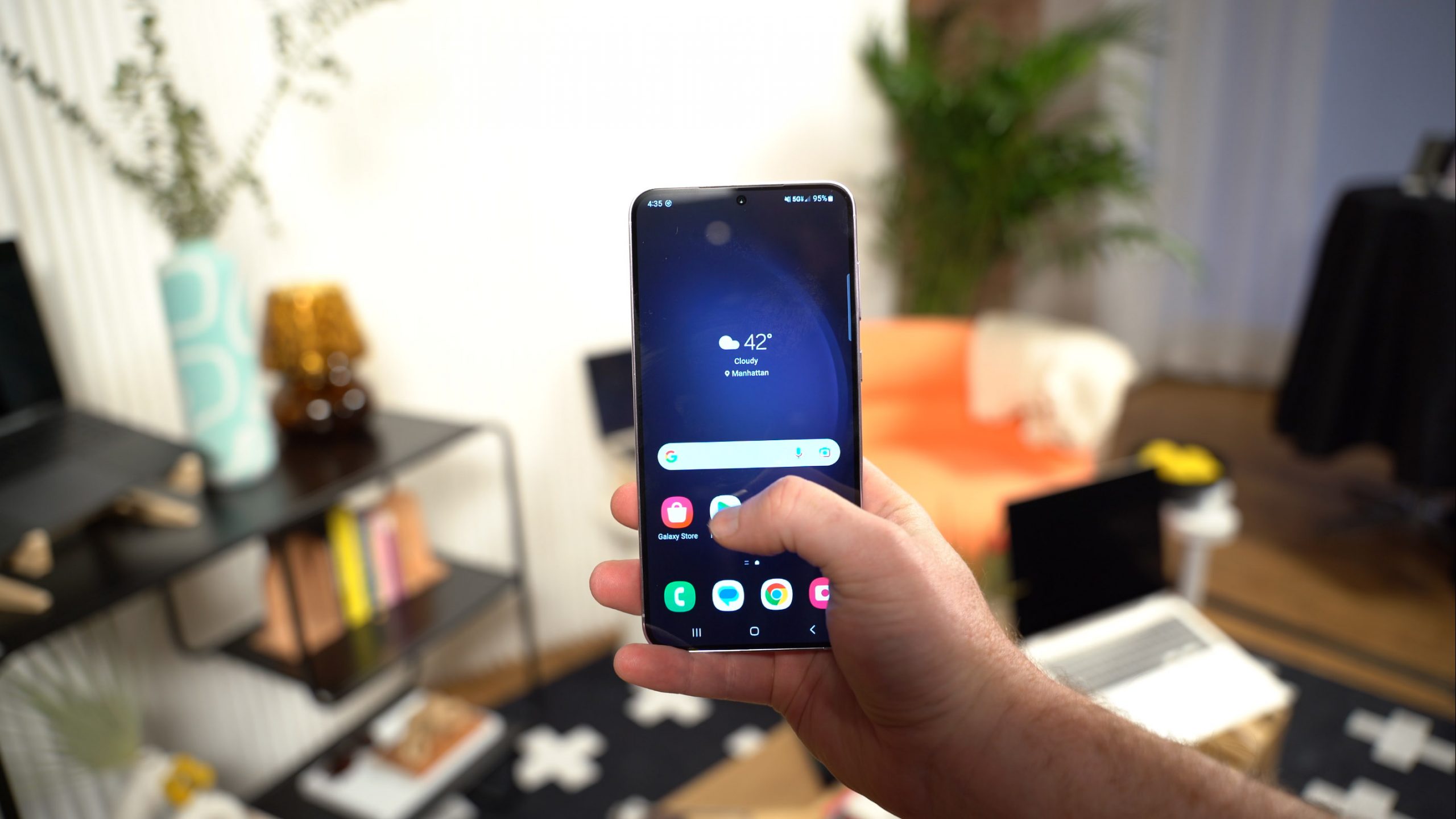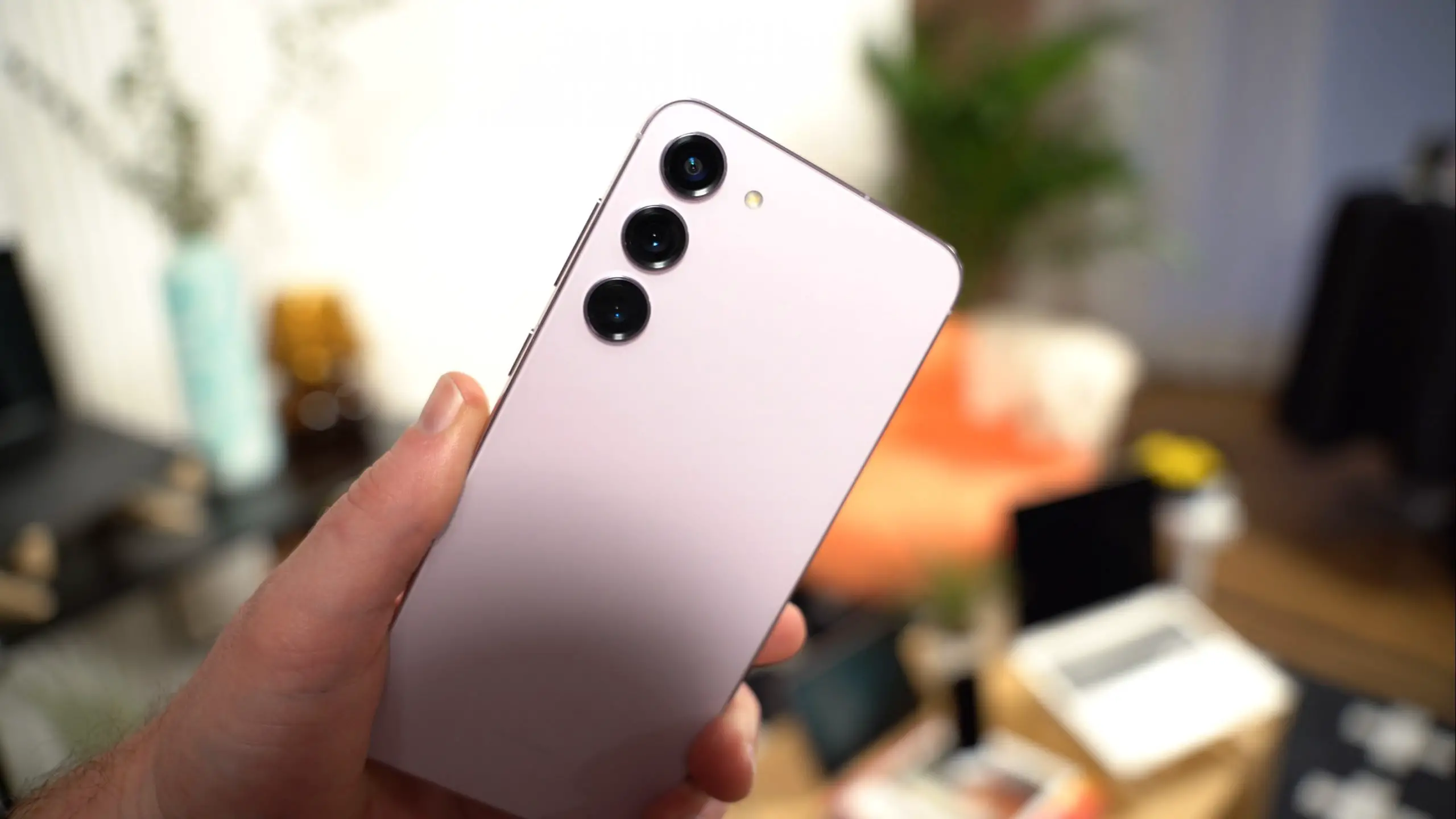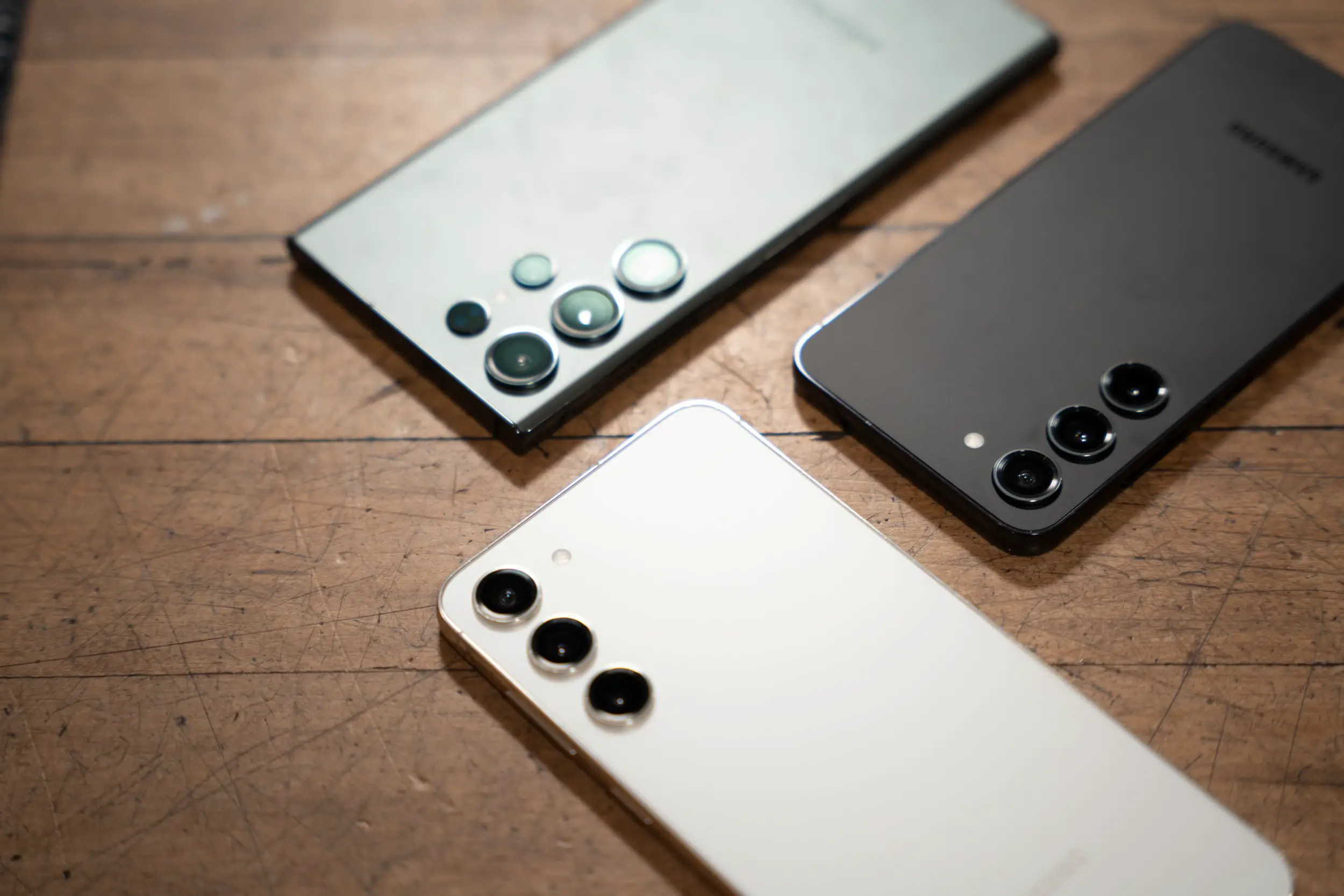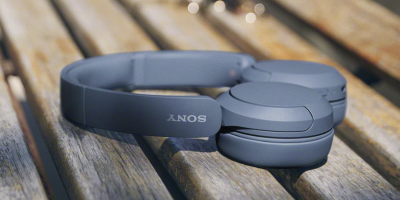Every year without fail, Samsung launches brand new flagship phones. The company’s Galaxy S-series has been met with a lot of success and hype over the years, so it’s not surprising that the company is truly trying to milk it for all its worth.
If you’re looking for a new smartphone in 2023, the Galaxy S23 lineup is pretty much going to be one of the best options out there. There will be three new models to choose from: the base Galaxy S23, the Galaxy S23+, and the Galaxy S23 Ultra, so here’s everything you need to know about the phones.
https://www.youtube.com/watch?v=FCcUCOiIuvw
Shared design language
One of the more obvious things you’ll notice about the entire lineup is that with the Galaxy S23 series, Samsung has opted for a similar design language across the board. With its previous flagships, there would usually be a difference in design to differentiate the base model with the Ultra model, but in this case, any differences are negligible.
This is a good thing because sometimes people might love the design of the base model or the Ultra but the specs aren’t what they want, at least in this case, keeping a similar design language can help make choosing between the models easier.

As previously reported, Samsung will be using Corning’s Gorilla Glass Victus 2 for the display, which is said to be more durable than its predecessor. The company is opting for the use of “Armor” aluminum with color options like Phantom Black, Cream, Green, and Lavender.
There will be some exclusive colors such as Lime, Graphite, Sky Blue, and Red, which will only be available through Samsung.com.
While the exterior of the phones will be similar, the main differentiating factor that is obvious would be its displays. With the Galaxy S23 and Galaxy S23+, Samsung will be using 6.1-inch and 6.6-inch FHD+ displays respectively, while the Galaxy S23 Ultra will feature a larger 6.8-inch QHD+ display.
But apart from the difference in size and resolution, all will support 120Hz refresh rates and have a peak brightness of 1,750 nits. They will also utilizing Samsung’s Enhanced Vision Booster algorithm that can adapt the colors of the display to your environment, helping ensure that the most accurate colors are displayed.
Peeking under the hood
 Under the hood, it looks like Samsung will be keeping things pretty even across the board as well. One notable difference with the Galaxy S23 models compared to last year is that it looks like they will all be powered by Qualcomm’s Snapdragon 8 Gen 2 chipset, so users can rest assured that performance should be relatively similar, compared to previous launches where some markets would get Exynos chipsets.
Under the hood, it looks like Samsung will be keeping things pretty even across the board as well. One notable difference with the Galaxy S23 models compared to last year is that it looks like they will all be powered by Qualcomm’s Snapdragon 8 Gen 2 chipset, so users can rest assured that performance should be relatively similar, compared to previous launches where some markets would get Exynos chipsets.
All the models will also come with 8GB of base RAM, although the Galaxy S23 Ultra will be available with 12GB of RAM for users who might have a need for the extra memory. Also, it looks like the Galaxy S23 will come with 128GB of base storage, but the Galaxy S23+ will come with 256GB as its base with an option to go 512GB, while the Ultra will be available in 256GB, 512GB, and 1TB options.
In terms of battery life, the differences become a bit more apparent. With the base Galaxy S23, it will come with a 3,900mAh battery, while the Galaxy S23+ will sport a 4,700mAh battery, and the Ultra will come with a 5,000mAh battery. They will all support “Super Fast Charging” (the Galaxy S23+ and Ultra get version 2.0), and “Fast Wireless Charging 2.0”, along with Wireless PowerShare.
All three phones will also come with support for 5G, both sub-6GHz and mmWave, so you should be covered as long as your carrier has 5G services. All three phones will also come with WiFi 6E support, so if you have a newer router that supports WiFi 6E, the Galaxy S23 series will be able to take advantage of the speeds.
About the cameras
 All three Galaxy S23 models will come with a triple camera setup, but it seems that Samsung might have saved the “best” for the Ultra. Both the Galaxy S23 and Galaxy S23+ will utilize a 50MP wide camera with OIS and an aperture of f/1.8, which will be paired with a 12MP f/2.2 ultrawide, and a 10MP f/2.4 telephoto.
All three Galaxy S23 models will come with a triple camera setup, but it seems that Samsung might have saved the “best” for the Ultra. Both the Galaxy S23 and Galaxy S23+ will utilize a 50MP wide camera with OIS and an aperture of f/1.8, which will be paired with a 12MP f/2.2 ultrawide, and a 10MP f/2.4 telephoto.
For the Ultra, Samsung will be equipping it with a 200MP OIS f/1.7 camera with Laser Autofocus, a 12MP f/2.2 ultrawide, and a 10MP OIS 2PD f/2.4 telephoto camera. It also boasts a 3x/10x optical zoom and a 100x “Space Zoom”, which is greater than the 30x offered in the Galaxy S23 and Galaxy S23+ models.
Software support
All phones will come with Android 13 installed along with Samsung’s One UI 5.1. The company is also promising that all three phones will be getting four years of OS updates, meaning that it should all be supported until Android 17, along with 5 years of security patches.
This should cover most users who might probably upgrade to a newer phone by then, but it’s still good to know that Samsung will be supporting these devices for a substantial period of time.
Pricing and availability
For our readers in the US, it seems that pricing of the Galaxy S23 lineup will remain the same as before, and in some ways it’s actually better. For the Galaxy S23, it will be priced starting at $799 for the base model. The Galaxy S23+ will be priced at $999, but it will be for the 256GB model so you’re kind of getting more value for your money. The same will also be for the Galaxy S23 Ultra which will also be priced starting at $1,199 for the 256GB model.
Pre-orders for the phones are now live and they are expected to be shipping to customers on the 17th of February.
Note: this article may contain affiliate links that help support our authors and keep the Phandroid servers running.












Comments